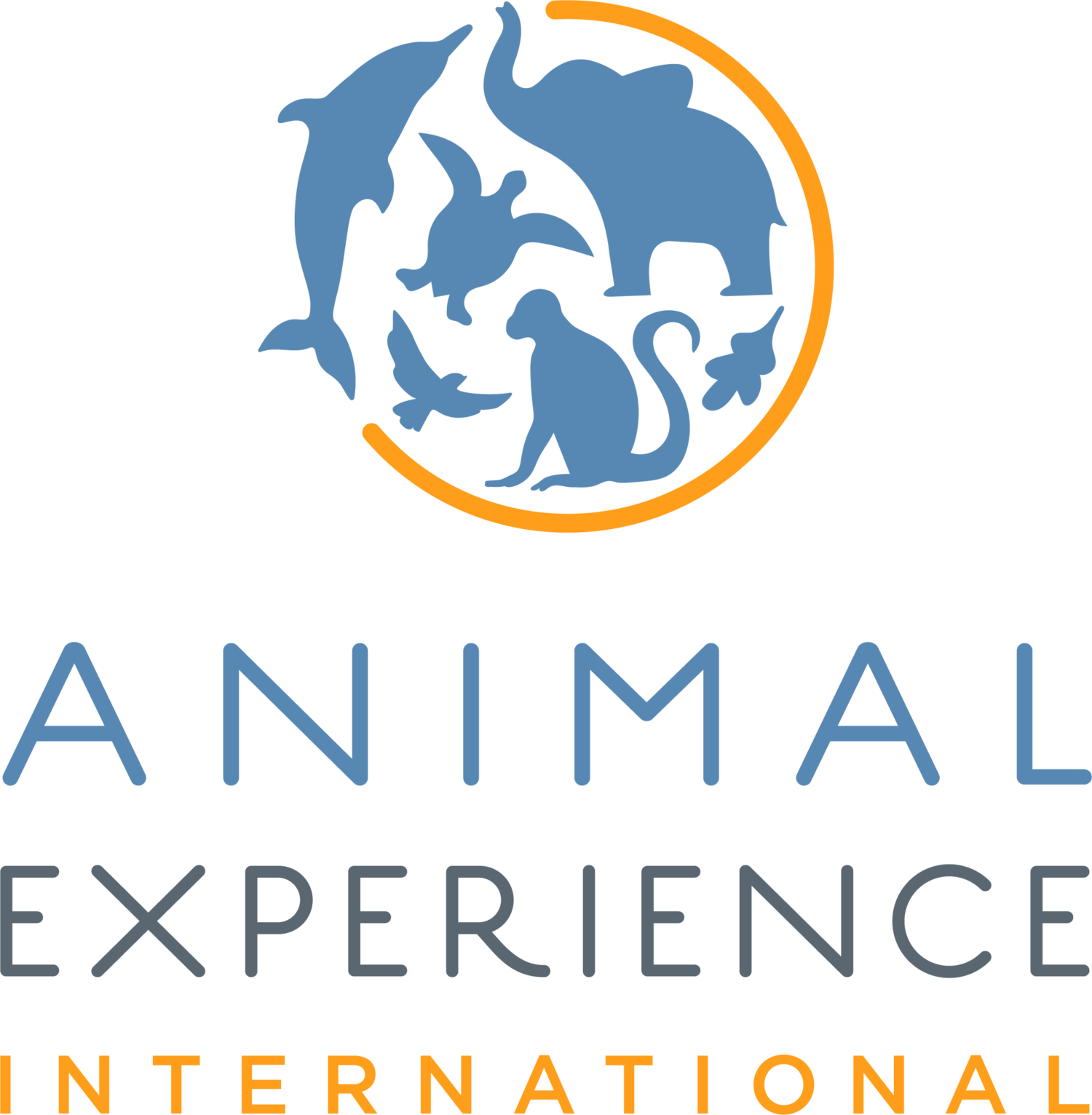The only actual “wild” horses
Przewalski horses, at first sight, may just look like a stockier, fluffier, and even frumpier version of your average horse. But, are they even “real” horses? If they are, why can’t we ride them?
Przewalski horses are the last wild horses on Earth, but the extent of their relation to the horse has been widely debated among scientists. Some evidence shows that they are from common ancestors to horses, but like humans and chimpanzees, speciation via divergent evolution starting around 45,000 years ago caused divergence in genetic features such as metabolism, reproduction, muscle contractions, and behaviors (SciNews, Goldman).
More recent theories are that they are descendants of domesticated Botai horses (who are also not directly related to the modern horse) from Kazakhstan 5,500 years ago, after escaping from domestic herds (Gibbens). Their genetic differences to the modern horse don’t result in infertile offspring between the two species, as with donkeys and horses (Goldman). Interbreeding with the three million domestic horses in Mongolia caused their extinction in the first place in the ’60s. It took artificial insemination and later a vasectomy of a wild mare to bring this animal back from official extinction, and all 2100 Przewalski horses alive today are descendants of 9 captive Przewalski’s in 1945.
The Hustai National Park in Mongolia is home to 350 (the most in one place), and monitoring the number of Przewalski horses and their habits, are vital to the survival of the last (severely endangered) wild horses.
When the phrase “wild horse” comes to mind, many of us think of Mustangs in America, but these breeds share domesticated horses’ genetic makeup, unlike Przewalski horses.
But, Przewalski horses have never been tamed, and as long as they remain divergent from the domesticated Mongolian and Chinese horse breeds, they can continue to thrive.
The dependence of domesticated horses
The domestication of horses has caused the species to adapt to an environment of captivity and reliance on humans over multiple generations. Domesticated horses become dependent on humans as a protector, and this has been theorized to have saved the domestic horse breed from extinction.
Unfortunately, there are also dire consequences of the dependence of domesticated horses on human care. When subjected to neglect, starvation, or abuse, domestic horses develop severe health complications and behavioral problems.
Domesticated horses need our help too. Sanctuary centers, like AEI’s partner in Alicante, campaign for fair and kind treatment of animals across Spain and are the only officially registered horse rescue center in the country.
As the only rescue center in Costa Blanca for equines, there has been extreme pressure on the resources due to the pandemic. The center is stretched to its capacity and there is limited funding for new animals. The pandemic forced charity shops supporting the organization to close, and suspended open days at the rescue center.
Covid-19 has made it extremely challenging for animal rehabilitation centers to operate and attract volunteers to fund their animals’ care. Rehabilitation of new animals and recurring veterinary costs are additional expenses and vital to their animals’ well-being, as the center holds 120 animals and will never turn a rescue down.
In June, three new equines were found wandering the streets, all requiring medical care. The pandemic has left many people unable to care for their animals, resulting in a greater need for rescue centers. If you feel that you are in a position to give, every little bit helps.
Visit our homepage to donate or register your interest in learning more about our volunteer work
Sources:
Gibbens, S. (2018, February 23). How DNA Proved Wild Horses No Longer Exist. Retrieved
from https://www.nationalgeographic.com/news/2018/02/przewalki-wild-horses-botai-
kazakhstan-spd/
Scientists Compare Genomes of Domestic and Przewalski’s Horses- Sci-News.com. (2015,
September). Retrieved November 22, 2020, from http://www.sci-news.com/genetics/
science-przewalskis-horse-genome-03276.html
Przewalski's Horse. (2018, September 21). Retrieved November 22, 2020, from https://
www.nationalgeographic.com/animals/mammals/p/przewalskis-horse/
Hardin, L. (2018, May 18). Rehabbing a Starved, Neglected, or Abused Horse - PetHelpful -
By fellow animal lovers and experts. Retrieved November 22, 2020, from https://
pethelpful.com/horses/Rehabilitation-of-the-StarvedNeglectedAbused-Horse
Paige Williams, S. (2016, December 01). The Remarkable Comeback of Przewalski's Horse.
Retrieved November 22, 2020, from https://www.smithsonianmag.com/science-nature/
remarkable-comeback-przewalski-horse-180961142/
Goldman, J. (2014, February 03). 10 Things You Didn't Know About Przewalski's Horses.
Retrieved November 22, 2020, from https://blogs.scientificamerican.com/thoughtful-
animal/10-things-you-didne28099t-know-about-przewalskie28099s-horses/


